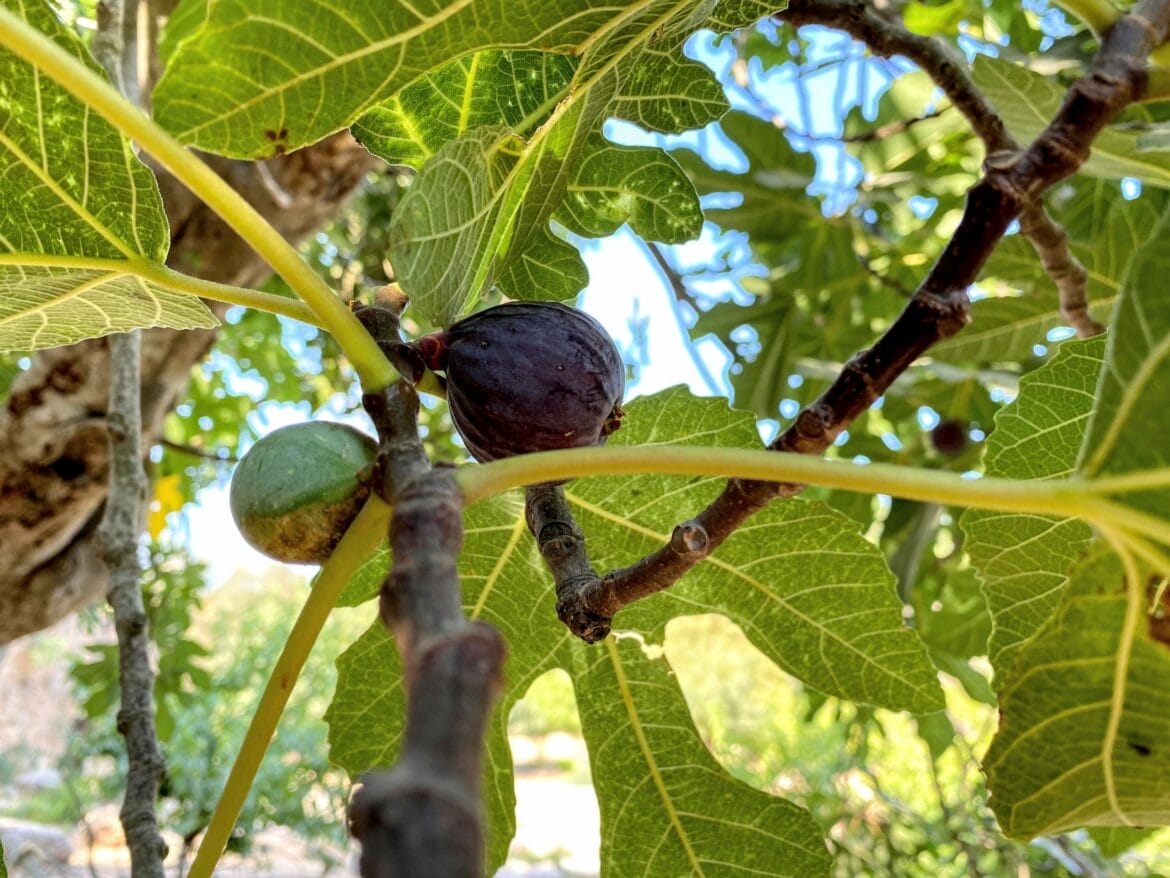
September 22nd: the calendar says that fall is here. But the blistering heat says otherwise.
Growing up in the United States, I was taught to look for certain things come autumn. Leaves changed color, to shades of red, yellow, and orange. The air cooled down in late September, just in time for the Jewish Holidays. There was no missing the signs of fall.
But here in Israel, the changes in nature that usher in the fall are just not the same. It’s not sweater weather, and the trees are still green. Without a trained eye, visitors and latecomers to the country just might miss Israel’s harbingers of autumn.
Here’s what you need to look out for:
HaChatzav: The Giant Squill
Perhaps the showiest of the fall flowers, the giant squill (HaChatzav in Hebrew) starts to bloom in late summer and early fall. These tall, white wildflowers pop up all over the place, from the mountains to the desert.
Chatzav flowers have a secret life during other seasons of the year. All summer long, they exist in bulb form underground. At 25 centimeter circumference, they’re the largest wildflower bulbs in Israel. Then in the autumn, the squill flowers pop up to their full height, which can be up to 2 meters tall.
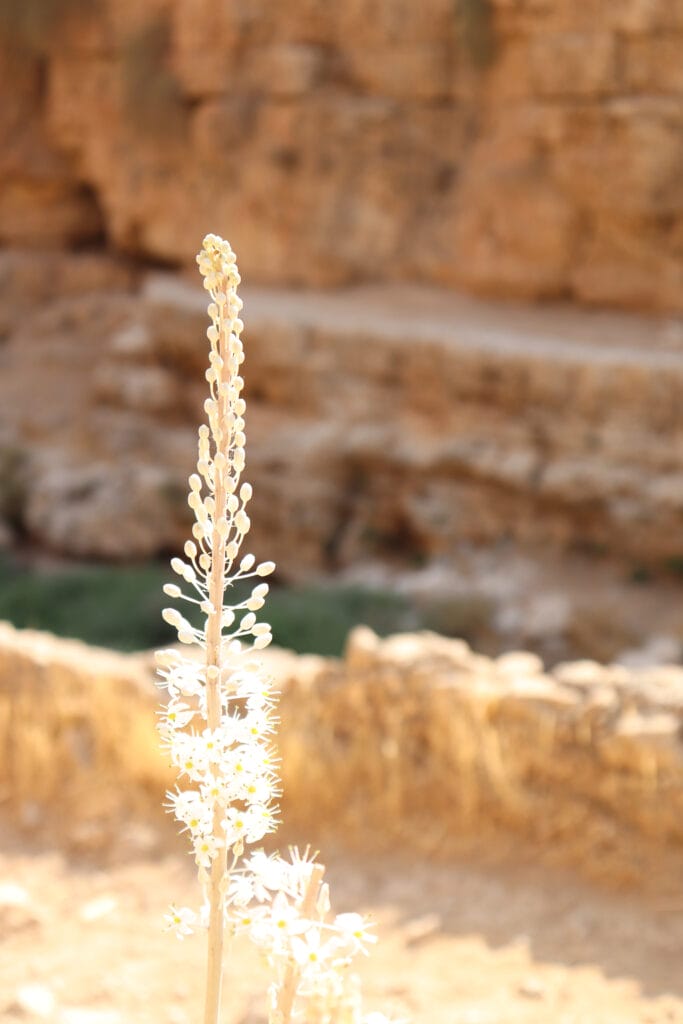
Once the blossoms fade, green grassy leaves sprout, escorting the squill through winter and spring.
Wherever you are in Israel, keep your eyes open for this autumn giant. Squill flowers will let you know when fall is here, as their tall stalks fill up with miniature white flowers.
A Change is in the Air
Most of us may not be attuned to the air, unless it gets significantly hotter or colder. But if you do, you’ll notice the autumn winds that precede the rainy season, beginning in late September.
It’s still hot outside. But come fall time, the temperature does drop slightly, especially in the morning and evening. Changing temperatures cause changes in pressure, and voila: wind! Go for an early morning or an evening walk, and you can feel this change in seasons for yourself.

These winds of change are a not only a pleasant sign of fall, they’re also a very useful way for tall squill flowers to reproduce. As the wildflowers blow back and forth in the autumn wind, their pollen spreads from one flower to the next.
It’s a Garden of Eatin’
Perhaps my favorite sign of fall are the fruit trees, full of ripe and delicious things to eat. Grapes, figs, and pomegranates all ripen in September, turning a walk in the wild into a snack bar. These fruits of the Seven Species can be found all over nature trails in Israel, left behind from old settlements and planted around picnic areas.
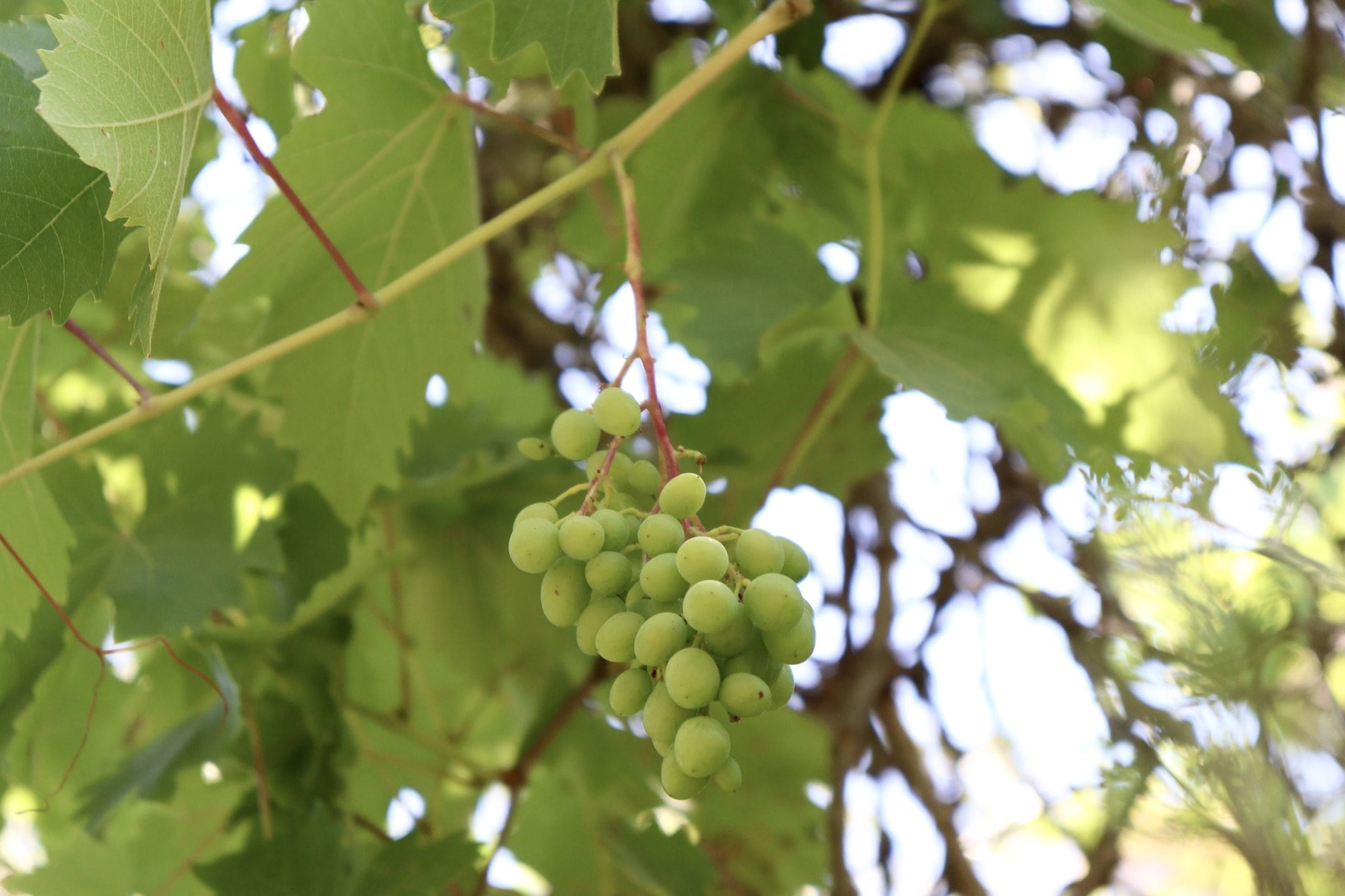
Sabras, or prickly pears in English, are also ripe for the picking. These reddish fruits grow off of cacti. Cacti, which were once used as a natural method of fencing, can be found on many nature trails (especially in the area around Beit Shemesh). Just be careful if you decide to pick and eat these sweet fruits. They’re covered with a layer of small spikes which will get stuck in your fingers, so wear heavy work gloves when you pick them.
Although olives aren’t ready to pick in early fall, they are fully formed and beautifully green on the tree. The fruits will be ripe and ready by mid-autumn.

Migration: It’s for the Birds
While you’re out enjoying the fruit, flowers, and gentle breeze, look up at the sky to check if there are any migrating birds up above. In the fall time, chances are you’ll see a flock or two, heading south for the coming winter.
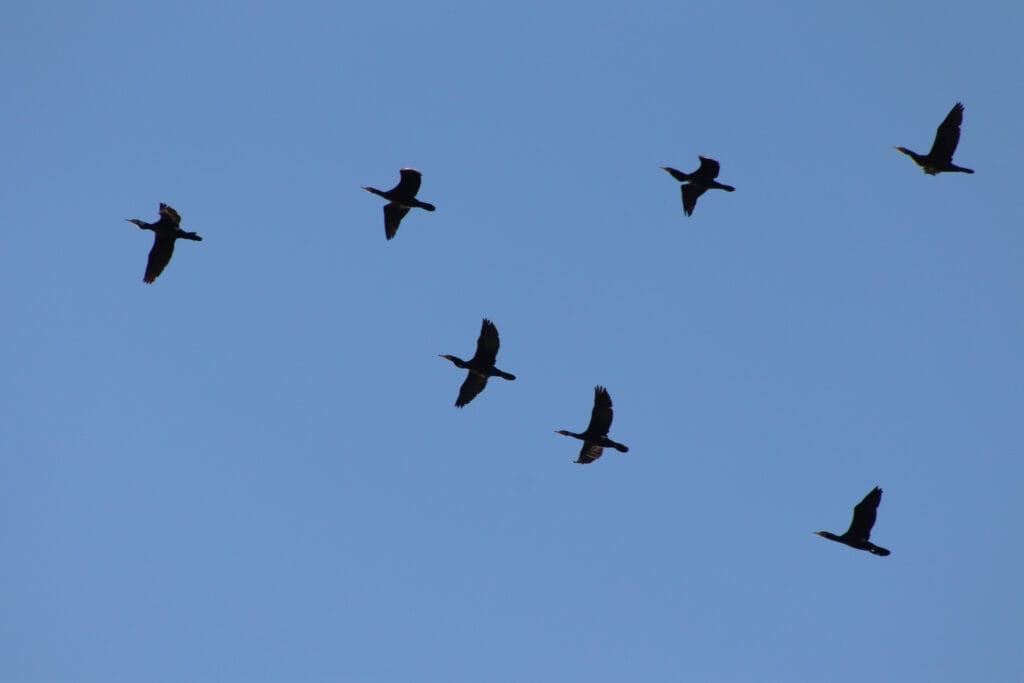
Although we may not feel it here, things are cooling down in Northern Europe. Birds are heading out for the season, towards Africa where they can find more plentiful food during the winter months. Israel is a favorite stop for migrating birds. The Hula Valley Nature Reserve in the Galilee is one of the most important waystations for birds on their way down south: about 500 million birds touch down each year over the course of their migration.
Tune in to Nature
Here in Israel, it’s no use to expect the weather to get cold and leaves to change color as fall arrives. Instead, these 4 signs of fall in Israel will clue you in to autumn’s arrival.
Tune into your surroundings, and you’ll find yourself feeling that fall vibe, even if it is still hot and sunny outside.


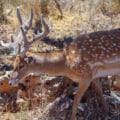



The חצב is usually called the “sea squill”, a direct translation of the scientific name: Urginea maritima. That name is because the plant was first identified near the sea. It actually grows in a wide variety of climates, including near the sea and in the desert.
Another fruit that is “ripe for picking” in September is the wild raspberry, which is commonly found near water sources. In Hebrew it is פטל קדוש, meaning “holy raspberry”. Why “holy”? Because there is a legend that the burning bush that Moses encountered was actually a raspberry bush. You can see the actual bush in St. Catharine’s Monastery in the Sinai – and it is in fact a raspberry bush! The scientific name is Rubus sanguineus, meaning “bloody raspberry”. That is a reference to either the color of the raspberry juice or to getting stabbed by the sharp thorns while snacking.